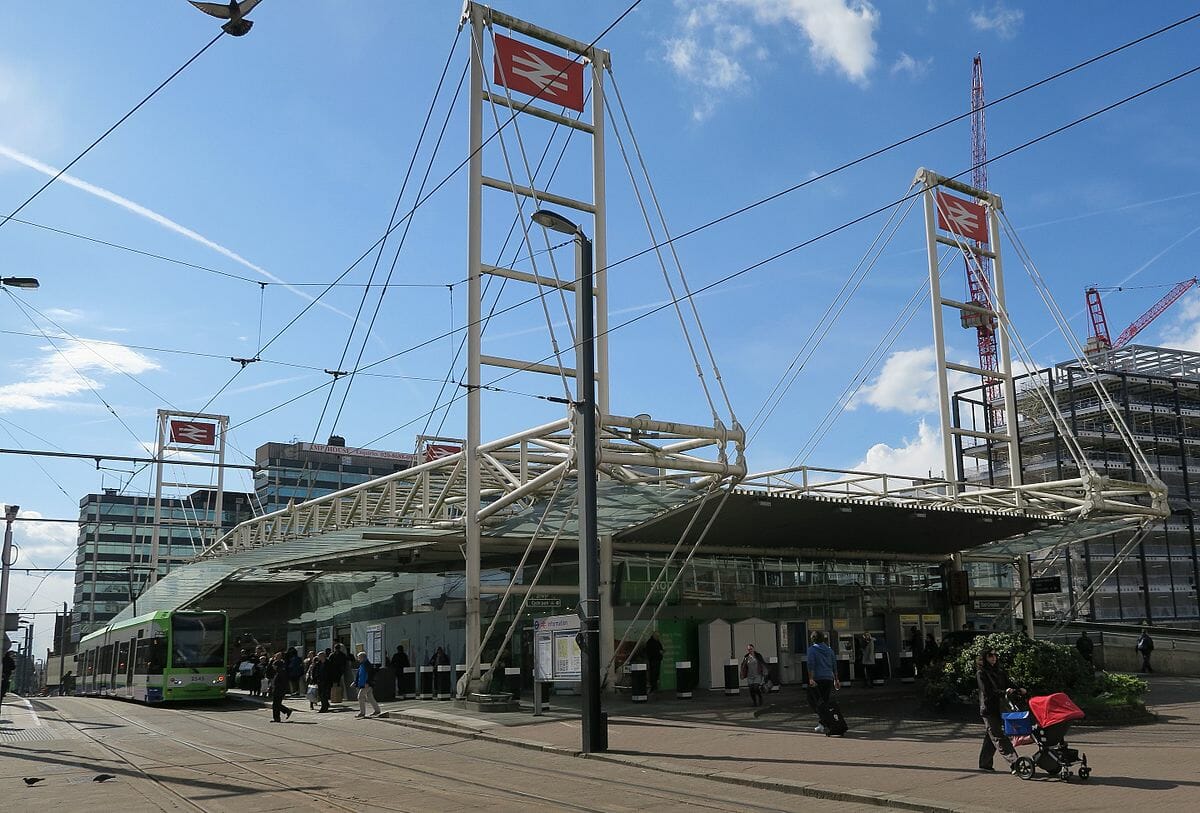Waddon Ward
Your ward Councillors
Waddon Ward News
Waddon Ward Profile
Waddon’s name was first recorded in the twelfth century and derives from Old English meaning ‘the hill where woad grows, or is grown’. Evidence of Bronze Age and Iron Age settlements have been found in the area. Waddon has an older area with 19th-century properties, some even older, close to central Croydon. Further south is a large estate of Council-owned and former Council-owned homes and a small number of tower blocks. In the inter-war years Waddon had the most Croydon Corporation owned homes in Croydon with 1,125 council houses and 80 council flats.
Waddon has a long history of industrial trades. The Croydon gasworks were built on Waddon Marsh in 1867. An electricity generating station opened in 1896. The opening of the Purley Way in 1925 prompted the building of a number of factories including for Redwing Aircraft Ltd., Trojan Ltd. (car manufacturers), Tizer Ltd, Standard Steel Co., Croydon Foundry Ltd. (1920), Metal Propellers Ltd., (1925) and Southern Foundries Ltd. (1926). Croydon Corporation built the Waddon pumping station in 1910–11 on the road now called Waddon Way.
A second power station – Croydon B – opened in 1950 eliminating the first of the watercress beds. First commissioned in 1947 and built by Croydon Corporation the power station was nationalised by the then Labour government.
The former Croydon Airport is in south-west Waddon. The aerodrome was established in December 1915 for the defence of London. Land to the east of Plough Lane was requisitioned for testing by the National Aircraft Factory No.1 and was known as Waddon Aerodrome. In 1920 the Beddington and Waddon aerodromes became the main customs airport for London.
The international distress term “Mayday” was invented at Waddon’s Croydon Airport. It was Croydon Airport senior radio officer Frederick Stanley Mockford (1897 – 1 March 1962) who was the originator of the uniform international distress signal.
The local community consequently suffered badly in the Blitz. An attack on 15 August 1940 marked the first civilian bombing with 62 civilian fatalities and 185 injured outside the airport. In addition two civilian telephone operators were injured.
©2024 Copyright Croydon Labour Group



